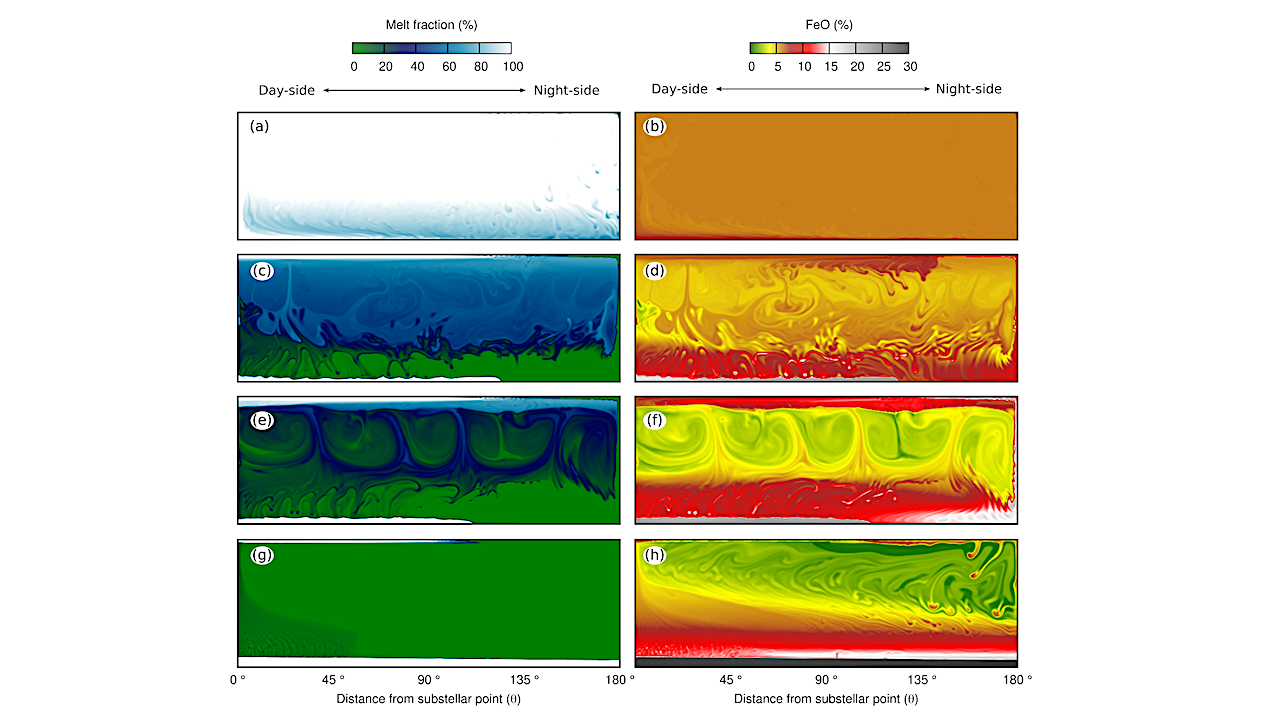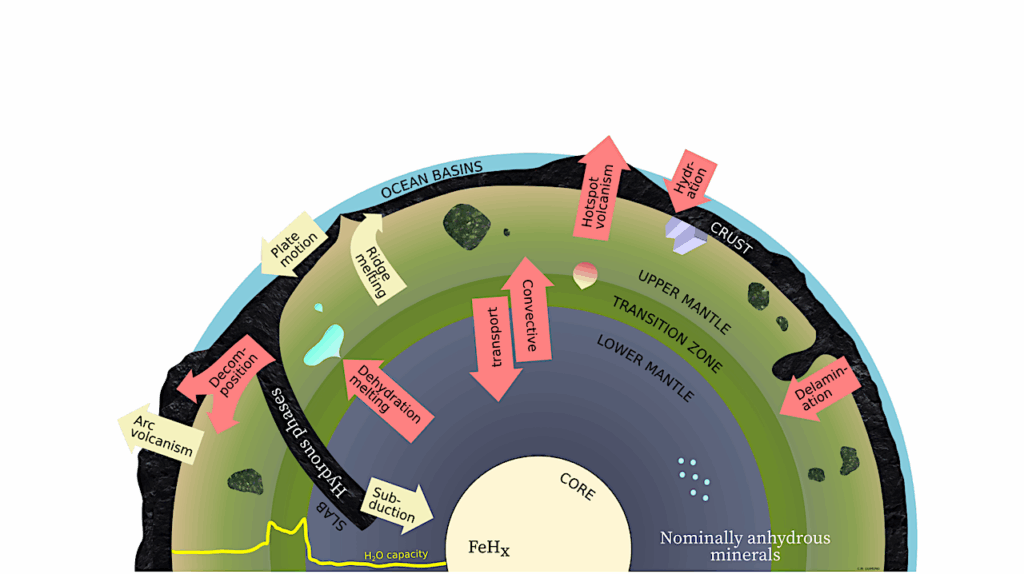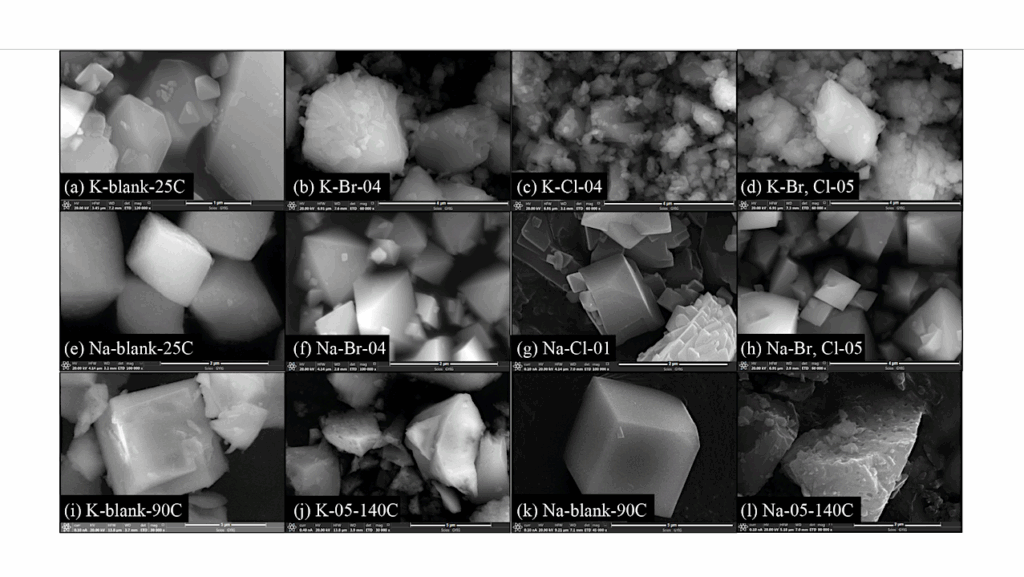Lava Planets Interior Dynamics Govern The Long-term Evolution Of Their Magma Oceans

Lava planets are rocky exoplanets that orbit so close to their host star that their day-side is hot enough to melt silicate rock. Their short orbital periods ensure that lava planets are tidally locked into synchronous rotation, with permanent day and night hemispheres. Such asymmetric magma oceans have no analogs in the Solar System and will exhibit novel fluid dynamics.
Here we report numerical simulations of lava planet interiors showing that solid-liquid fractionation in the planetary interior has a major impact on the compositional structure and evolution of the planet. We explored two styles of dynamics that depend primarily on the interior thermal state : 1) a hot fully molten interior, and 2) a mostly solid interior with a shallow day-side magma ocean.
In the hot interior scenario, the atmosphere reflects the planet’s bulk silicate composition and the night-side crust is gravitationally unstable and constantly replenished. In the cool interior scenario, the distilled atmosphere will lack Na, K and FeO, and the night-side mantle is entirely solid, with a cold surface. These two end-member cases can be distinguished with observations from the James Webb Space Telescope, offering an avenue to probe the diversity of terrestrial exoplanet evolutions.
Charles-Édouard Boukaré, Daphné Lemasquerier, Nicolas Cowan, Henri Samuel, James Badro
Comments: 12 pages, 4 figures. Supplementary informations are included
Subjects: Earth and Planetary Astrophysics (astro-ph.EP); Fluid Dynamics (physics.flu-dyn); Geophysics (physics.geo-ph)
Cite as: arXiv:2308.13614 [astro-ph.EP] (or arXiv:2308.13614v1 [astro-ph.EP] for this version)
Submission history
From: Charles-Édouard Boukaré
[v1] Fri, 25 Aug 2023 18:15:14 UTC (11,138 KB)
https://arxiv.org/abs/2308.13614
Astrobiology, Astrogeology,








